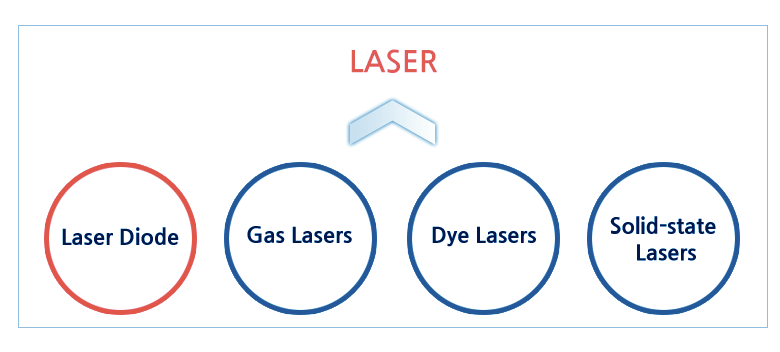LASER, an acronym for Light Amplification by Stimulated Emission of Radiation, is a revolutionary technology that has transformed various fields, ranging from medicine and telecommunications to manufacturing and entertainment. First theorised by Albert Einstein in 1917, it took several decades for scientists to develop practical applications of LASER technology. Today, LASERs play a crucial role in a wide array of industries, offering precision, efficiency, and versatility.
Basic Principles of LASER:
At its core, LASER technology relies on the principles of quantum mechanics and optics. The process begins with the stimulation of atoms or molecules within a gain medium, which could be a gas, liquid, or solid material. This stimulation results in the emission of photons—particles of light—through a process called stimulated emission. These photons are then amplified as they bounce between two mirrors placed at the ends of the gain medium. This amplification results in a highly collimated and coherent beam of light that constitutes the LASER.
Key Characteristics of LASER Light:
- Coherence: Unlike ordinary light sources, LASER light is highly coherent, meaning that its waves are in phase, maintaining a consistent frequency and direction. This coherence enables the laser beam to stay concentrated over long distances.
- Monochromaticity: LASER light is typically monochromatic, consisting of a single wavelength or colour. This property is valuable in various applications, such as medical procedures, where specific wavelengths are required for optimal results.
- Collimation: LASER beams are characterised by their tight focus and low divergence. This collimation allows the laser light to travel over great distances without significant spreading, making it suitable for applications such as communication and ranging.
Types of LASERs:

There are several types of LASERs, each designed for specific applications. Some common types include:
- Gas LASERs: Utilising gases such as helium and neon as the gain medium, gas lasers are commonly found in scientific laboratories and medical applications.
- Solid-state LASERs: These LASERs use a solid crystal or glass as the gain medium. Nd:YAG (neodymium-doped yttrium aluminium garnet) and ruby LASERs are examples of solid-state LASERs, widely used in medical and industrial applications.
- Semiconductor LASERs: Commonly found in everyday electronics like DVD players and laser pointers, semiconductor LASERs use semiconductor materials like gallium arsenide as the gain medium.
Applications of LASER Technology:
- Medical Applications: LASERs are extensively used in various medical procedures, including eye surgeries, dental treatments, and dermatological interventions. The precision and controlled tissue interaction of LASERs make them indispensable tools in modern healthcare.
- Communication: Fiber optic communication, a cornerstone of modern telecommunications, relies on LASER technology to transmit data over long distances with high speed and minimal signal loss.
- Manufacturing and Materials Processing: LASERs are employed in cutting, welding, engraving, and marking materials in manufacturing processes. Their precision and non-contact nature make them ideal for intricate tasks.
- Scientific Research: LASERs are crucial in scientific research, facilitating experiments in fields such as physics, chemistry, and biology. They are used for spectroscopy, particle manipulation, and creating extreme conditions in laboratories.
- Defence and Security: LASERs find applications in defence systems, including rangefinders, target designators, and directed energy weapons.
Conclusion:
LASER technology has evolved from a theoretical concept to a ubiquitous and transformative force across diverse industries. Its unique properties, such as coherence, monochromaticity, and collimation, have paved the way for numerous innovative applications. As research and development continue, the future promises even more exciting advancements in LASER technology, with potential breakthroughs in fields like quantum computing, communications, and medicine.




